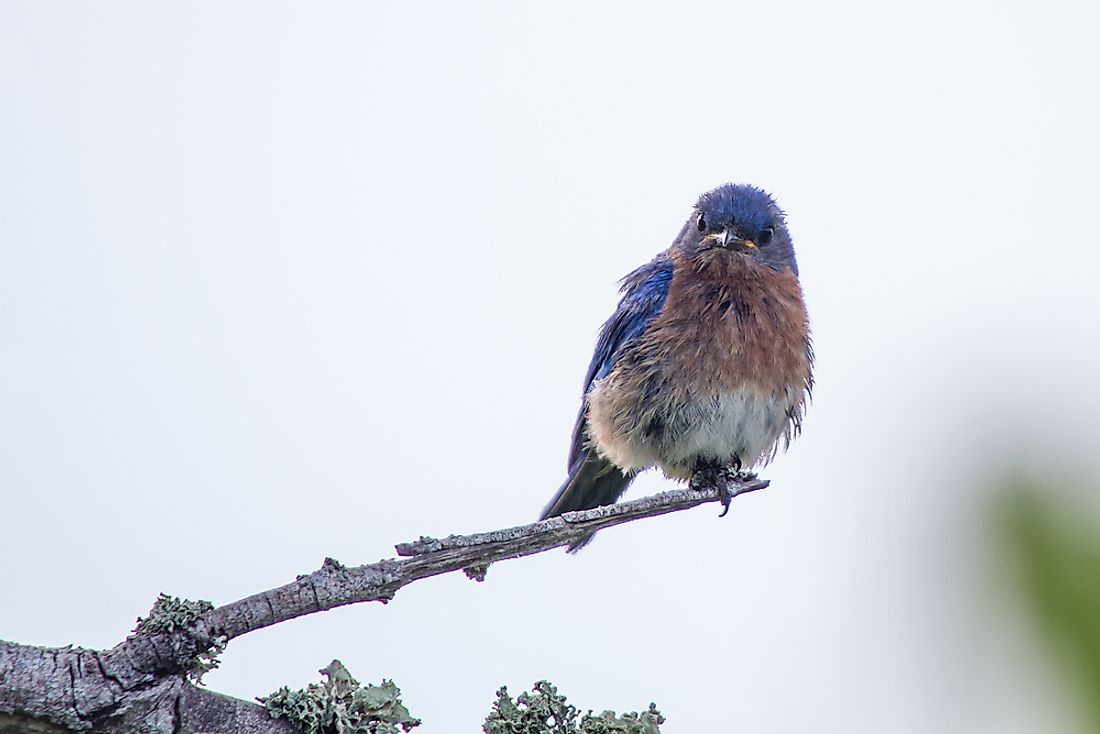Endemic Species of Bermuda

Bermuda is a British Overseas Territory located in the North Atlantic Ocean with a humid subtropical climate. It has a number of endemic plants and animals, meaning they are unique to the island.
Endemic and Rare Species of Bermuda
Bermuda Rock Skink
According to Bermuda's Department of Environment and Natural Resources, the Bermuda rock skink (Plestiodon longirostris) is one of the rarest lizards in the world. Both male and females are eight inches long and are shiny brown to black in color, with a light belly and an orange patch on the throat. The tail of hatchlings is blue, but colors can change with age. Rock skinks are ground dwellers, perching on rocks for sunshine for thermoregulation. Skinks prefer rocky habitats along the coast in old stone quarries or residential areas. They live in shorelines on the mainland, and eat insects and the fruit of cacti. Once common, loss of habitat, pollution and predation have diminished the numbers of the Bermuda rock skink.
Bermuda Petrel
The Bermuda petrel (Pterodroma cahow) is called also called a cahow. It is considered the second rarest seabird species in the world. In fact, it was believed to have gone extinct three hundred years ago when the archipelago was colonized, due to predation by domestic animals such as pigs, rats, dogs and cats. However, in 1951,18 pairs were rediscovered in Castle Harbor. An intensive conservation program has insured that their number has increased. In 2013 there were 105 nesting pairs reported.
The wings of the Bermuda petrel are brownish-gray on top and white underneath. It has a stout black beak and pink legs. Bermuda petrels feed on sea animals like squids, prawns, and small fish, and travel thousands of miles overseas looking for food in the North Atlantic sea and Gulf Stream. They are ground dwellers, whose preferred nest are burrows in the soft soils. Their nesting period extends from November to June.
Conservation Status and Efforts
There is no legislation in place to protect the rare Bermuda rock skink, though public awareness is being generated to help this species survive.
All the breeding sites for Bermuda petrel are managed by the Bermuda Government Ministry of the Environment. During the 1960s and 1970s, DDT use as pesticide and light pollution from nearby airbases proved to be a temporary setback in the otherwise successful species recovery program.
Endemic Species of Bermuda
| Rank | Common Name | Scientific Name |
|---|---|---|
| 1 | Bermuda rock skink | Plestiodon longirostris |
| 2 | Bermuda petrel | Pterodroma cahow |
| 3 | Bermuda white-eyed vireo | Vireo griseus bermudianus |
| 4 | Bermuda buckeye | Junonia coenia bergi |
| 5 | Bermuda cicada | Neotibicen bermudianus |







